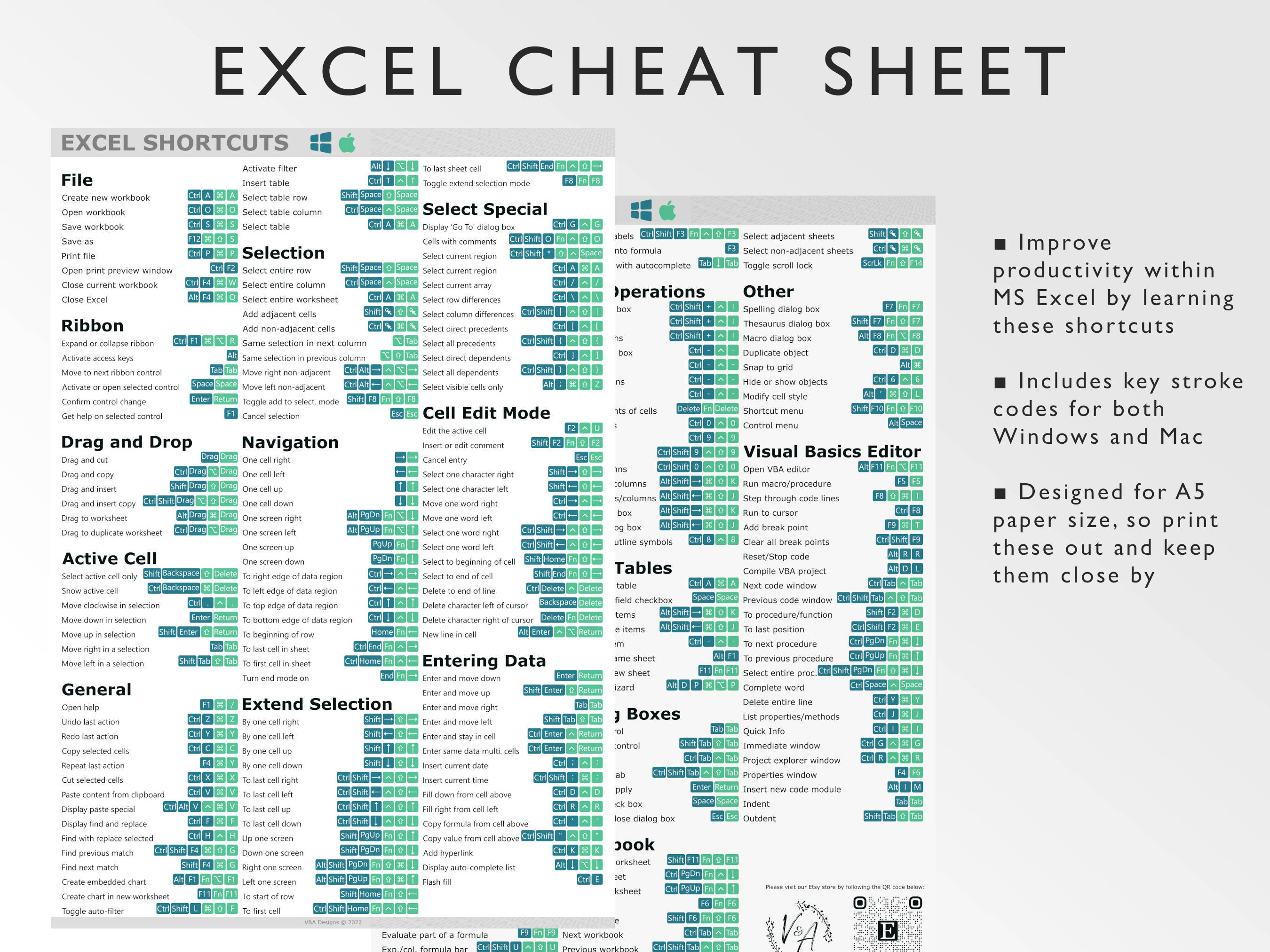Activate Excel Sheets Easily: Your Ultimate Guide

When it comes to mastering Excel, one of the most essential skills is understanding how to work with multiple sheets effectively. This guide will walk you through the methods for activating Excel sheets, enabling you to manage and navigate your spreadsheets more efficiently.
Understanding Excel Sheet Activation

In Excel, a workbook can contain multiple sheets, each representing a different dataset or view. Activating a sheet allows you to interact with the data contained within, perform operations, and analyze your information seamlessly.
Manual Sheet Activation

The simplest way to activate an Excel sheet is through the interface:
- Click on the Sheet Tab: The sheet tabs are located at the bottom of the Excel window. Simply click on the tab for the sheet you want to work on, and it will become active.
- Use the Scroll Buttons: If you have numerous sheets, use the scroll buttons next to the sheet tabs to navigate to the desired sheet and click on it.
💡 Note: Ensure you're not clicking on inactive workbook tabs by double-checking the workbook name at the top of the Excel window.
Keyboard Shortcuts for Faster Activation

To save time, Excel provides several keyboard shortcuts to navigate between sheets:
- Ctrl + Page Up: Activates the previous sheet.
- Ctrl + Page Down: Activates the next sheet.
💡 Note: These shortcuts are particularly useful when you need to switch sheets frequently.
Programmatically Activating Sheets

For more advanced users, Excel VBA (Visual Basic for Applications) offers powerful ways to automate sheet activation:
Sub ActivateSheet()
'This macro activates Sheet2 in the workbook
Sheets("Sheet2").Activate
End Sub
To use this method:
- Press Alt + F11 to open the VBA Editor.
- Insert a new module by right-clicking on your project in the Project Explorer, selecting Insert > Module.
- Paste the above code into the module.
- Run the macro by pressing F5 in the VBA editor, or by setting up a button or a custom ribbon tab to trigger the macro.
Advanced Sheet Activation Techniques

Using a Drop-Down List for Navigation

For workbooks with many sheets, a drop-down list can make navigation easier:
- Create a list box or a combo box on a sheet or on a custom ribbon tab with all sheet names.
- Assign a macro to the list box to activate the selected sheet when an item is chosen.
Here’s a VBA snippet to populate a list box with sheet names:
Sub PopulateSheetList()
Dim ws As Worksheet
Dim i As Integer
' Clear old list items
With Sheet1.ListBox1
.Clear
i = 0
For Each ws In ThisWorkbook.Worksheets
.AddItem ws.Name
i = i + 1
Next ws
End With
End Sub
💡 Note: Sheet1 and ListBox1 refer to the sheet where the list box is placed and the name of the list box, respectively.
Automatically Activating Sheets Based on Conditions

Sometimes, you might want to activate sheets based on certain conditions:
Sub ConditionalSheetActivation()
If Range("A1").Value > 100 Then
Sheets("High Values").Activate
Else
Sheets("Low Values").Activate
End If
End Sub
Best Practices for Sheet Management

Managing sheets effectively ensures your workbook remains organized and your data accessible:
- Use Clear Naming Conventions: Ensure each sheet has a clear, descriptive name for easy identification.
- Maintain Sheet Order: Arrange sheets in a logical order that reflects their use or relevance in your work.
- Protect Your Sheets: To prevent accidental changes, consider protecting sheets or using VBA to hide sheets when not needed.
- Limit Excessive Sheets: If possible, consolidate data into fewer sheets, reducing clutter.
In closing this guide, mastering Excel sheet activation enhances your workflow, reducing the time spent navigating between different datasets and enabling more focus on data analysis. Whether through manual methods, keyboard shortcuts, or VBA, these techniques streamline your Excel experience, making you more productive and efficient.
How many sheets can an Excel workbook have?

+
Excel allows for a maximum of 255 sheets in a workbook, although this can depend on available system resources.
Can I rename multiple sheets at once?

+
Excel does not natively support renaming multiple sheets simultaneously. However, you can write a VBA script to achieve this.
Is there a limit to the number of sheets I can activate in VBA?

+
There is no specific limit to sheet activation in VBA other than the workbook’s sheet limit or system constraints.